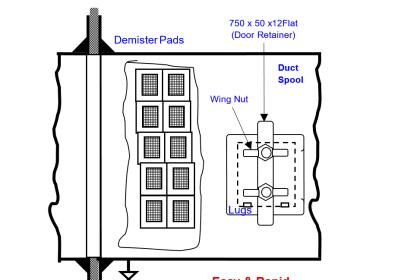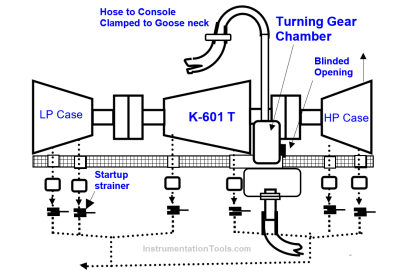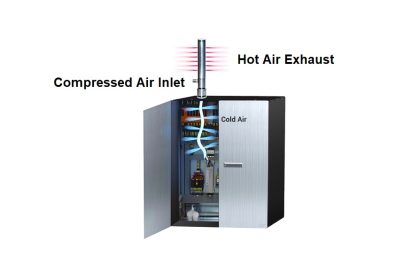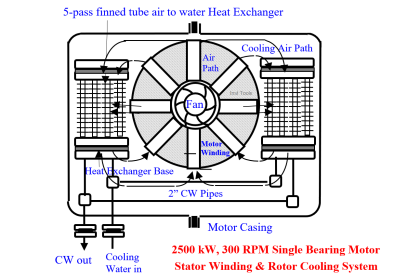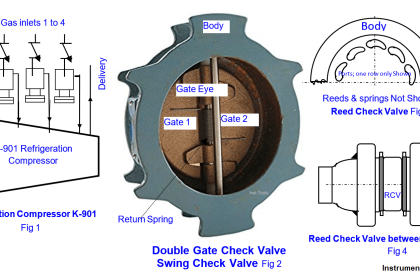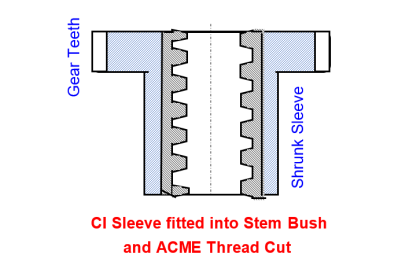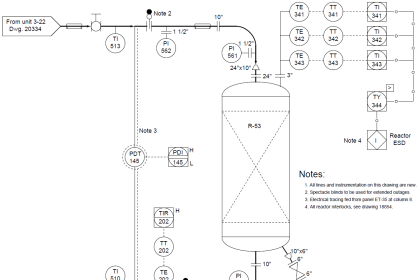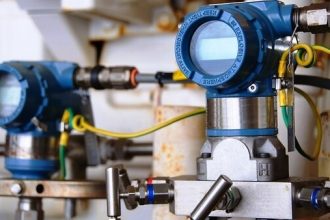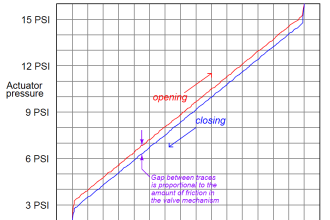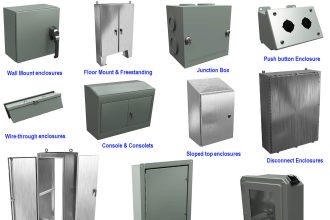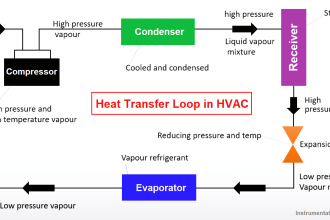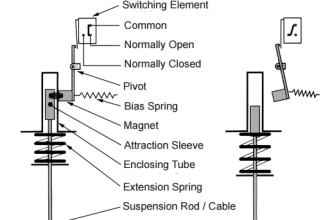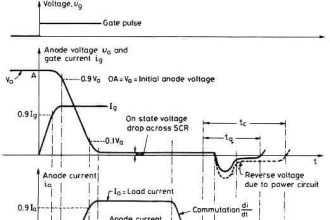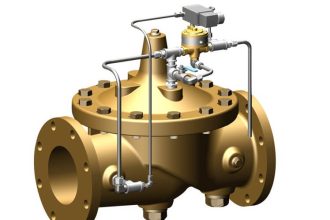Learning from an incident in which frequent card failure occurred in a panel.
Panels are one of the important parts of the instrument systems. Most of the system components, i.e. PLC cards, power supply cards, barriers, and many more, are installed inside the panel. This panel can be in the panel room which is also called the rack room and this panel can be in the field also.
The panel room or rack room is usually a place where temperature and humidity are regulated so that the instrument system in the panel room does not get damaged. But the surrounding environment in the field can be good and sometimes too harsh.
Let us see one incident related to this.
Automation Panel Electronic Cards Failure
Background of the incident:
A panel having a controller and some cards for running a small plant was installed in the field area. A total of 9 cards, 32 barriers, and 3 relays were installed in this panel.
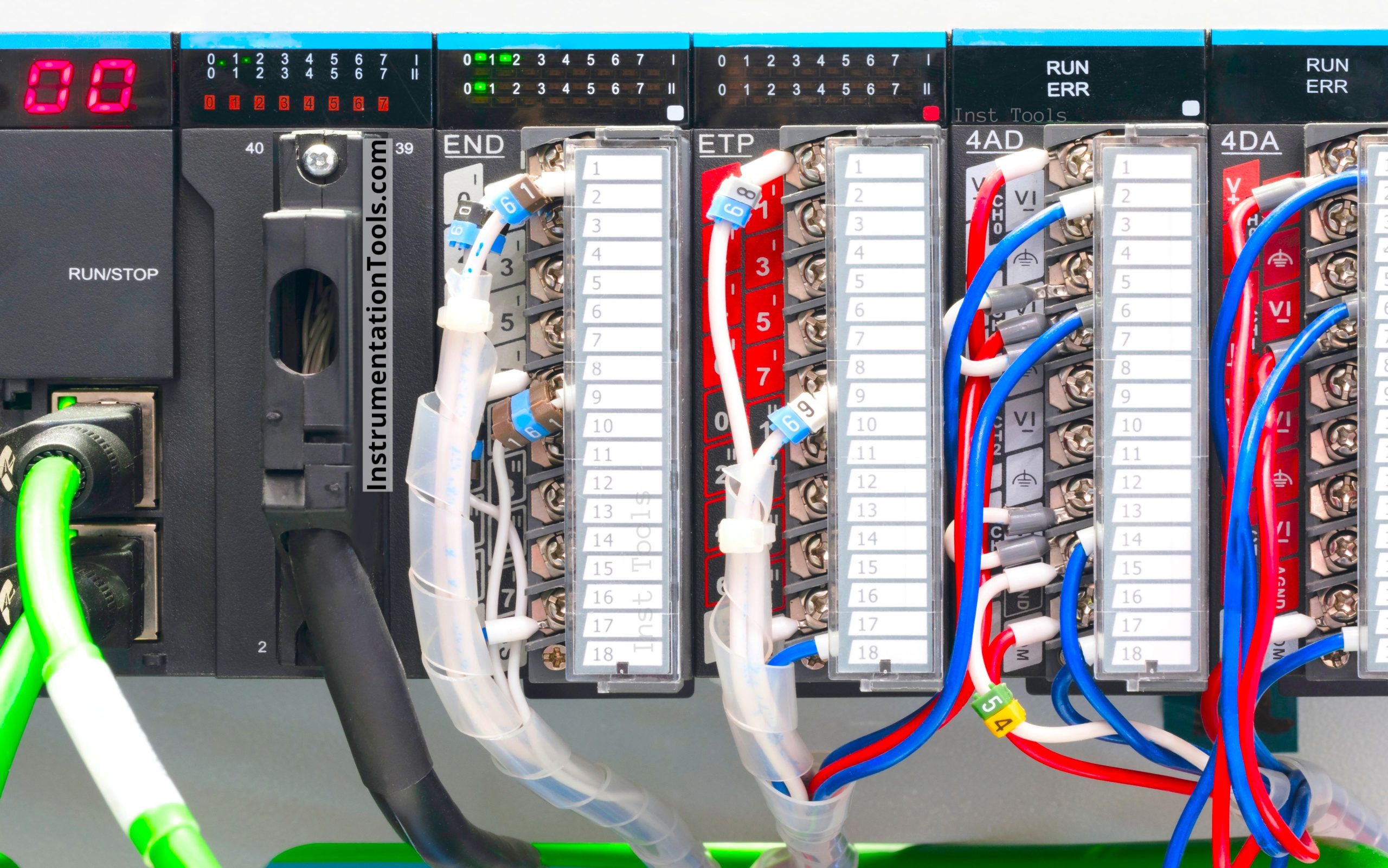
The temperature of the surroundings is in between 10 degrees Celsius (minimum temperature in the month of December-January) and 35 degrees Celsius (maximum temperature in the month of May-June) during the year. The panel was installed 2 years ago in September month and Instrument Engineers were facing frequent issues of barrier failure in this panel after 9 months i.e. in May month of next year. After a year, the problem of card failure also started.
So, Instrument engineers studied this and came up with a very cost-effective solution. This solution not only saved them from frequent failure of components but also increased the uptime of the plant.
Root Cause Analysis
So, how did the Instrument Engineers come to a solution and what was it?
When the Instrument Engineers started discussing about this problem and a permanent solution to this problem, the Instrument Engineers first doubted the quality of all these failed barriers and cards. However, the Instrument Engineers realized that the quality of these failed barriers and cards cannot be doubted because barriers and cards of a similar lot are installed in other panels and also in different areas.
Now the Instrument Engineers thought that there might be moisture inside the panel which could be causing this problem. So, the panel was thoroughly checked for traces of moisture, but this was also not the problem. The panel was tightly locked and silastic was used on the openings to protect it. Cable glands were perfect and blind plugs in spare cable entry holes were also perfect. Then the Instrument Engineers thought of excessive heat inside the panel which may have damaged these barriers and cards.
So, to verify this, the Instrument Engineers did the thermography and found that many places inside this panel had hotspots of 43 degrees Celsius when the surrounding environmental temperature was just 20 degrees Celsius. Now, imagine the inside temperature when the surrounding environmental temperature reaches 35 degrees Celsius. This will definitely cause damage to the components installed inside the panel.
Solution
The Instrument Engineers installed a vortex cooler for this panel whose approximate cost was around 18,000 Rs. After running the vortex cooler for a few hours, the hotspot of 43 degrees Celsius had become 24 degrees Celsius (in the same surrounding environmental conditions). This vortex cooler gave a huge financial benefit because the component failure frequency was reduced very much which increased plant uptime also.
Some of you might be thinking what is vortex cooler?
Let us have a quick look at a vortex cooler.
Vortex Cooler
Explaining how does a vortex cooler works is a bit difficult, still in an easy language a vortex cooler can be compared to a heat exchanger. Compressed air is given as an input to the vortex cooler from one side. From one end hot air comes out and from the opposite end cold air comes out.
The compressed air travels to the hot end side in the form of vortices having very high RPM where an adjustable valve is present. Some air goes out from there and other comes back from inside of these vortices and travel to the opposite side i.e. cold side. Here this air becomes cold by exchanging energy. The below figure shows a vortex cooler.
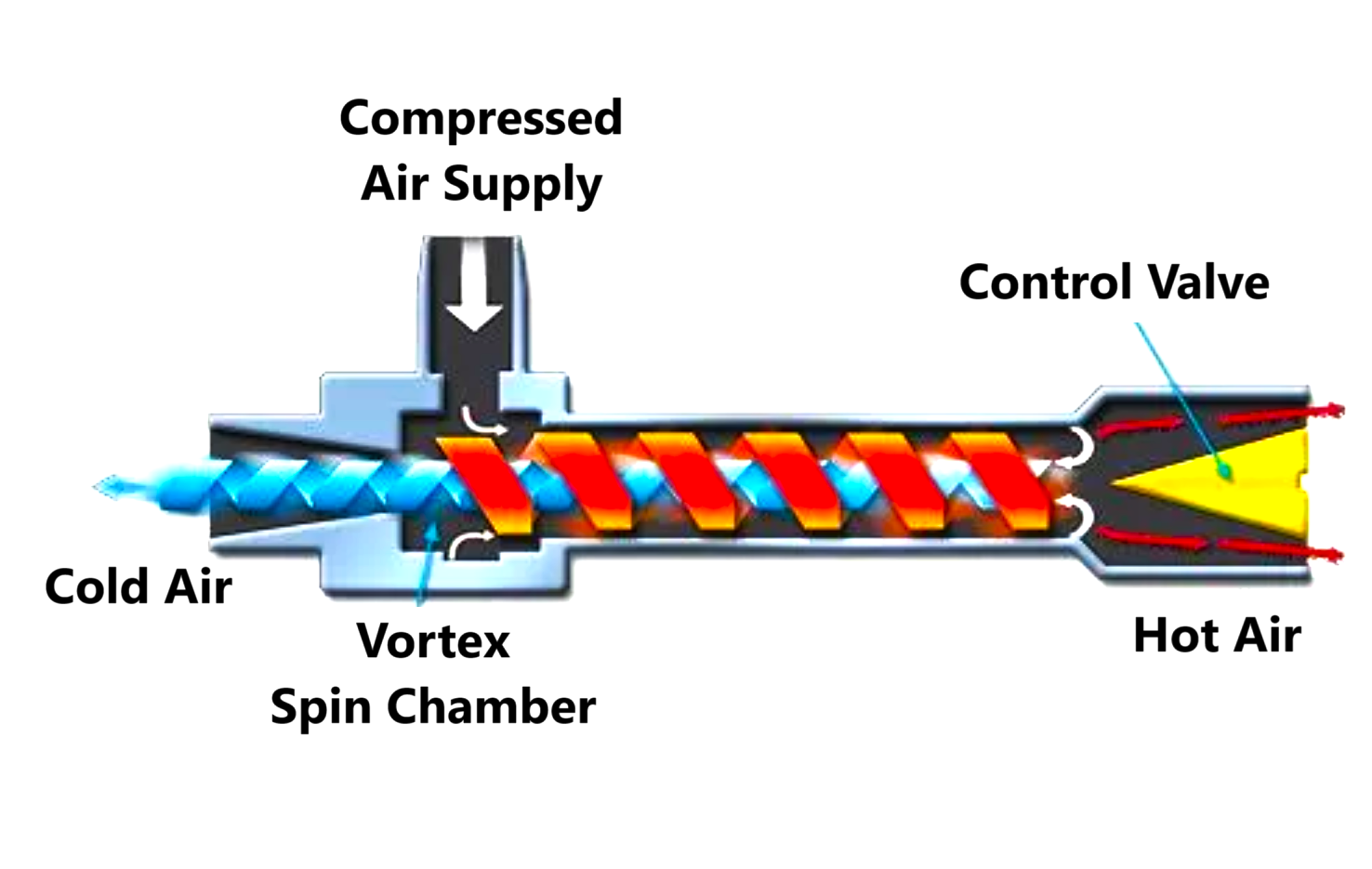
Advantages of Vortex Cooler
The benefits of vortex cooler are:
- The vortex cooler has no moving parts
- Only compressed air with normal temperature (20 degrees Celsius to 30 degrees Celsius) is needed
- No power supply is needed
- Maintenance free design
Conclusion
A few important things we learned from this case are:
- If there are any barriers or cards, then air conditioning is needed
- Regular LLF of every instrument item is needed whether it is a transmitter or gauge or cable or panel
- Regular thermography of components installed in panels should be done
- Regular cleaning of components installed in panels should be done
Read Next:
- Process Air Compressor Overhauls
- Refrigeration Compressor Turbine
- Erratic Stroking of Control Valves
- Temperature Sensors Fault Problem
- Junction Box Corrosion Problem
